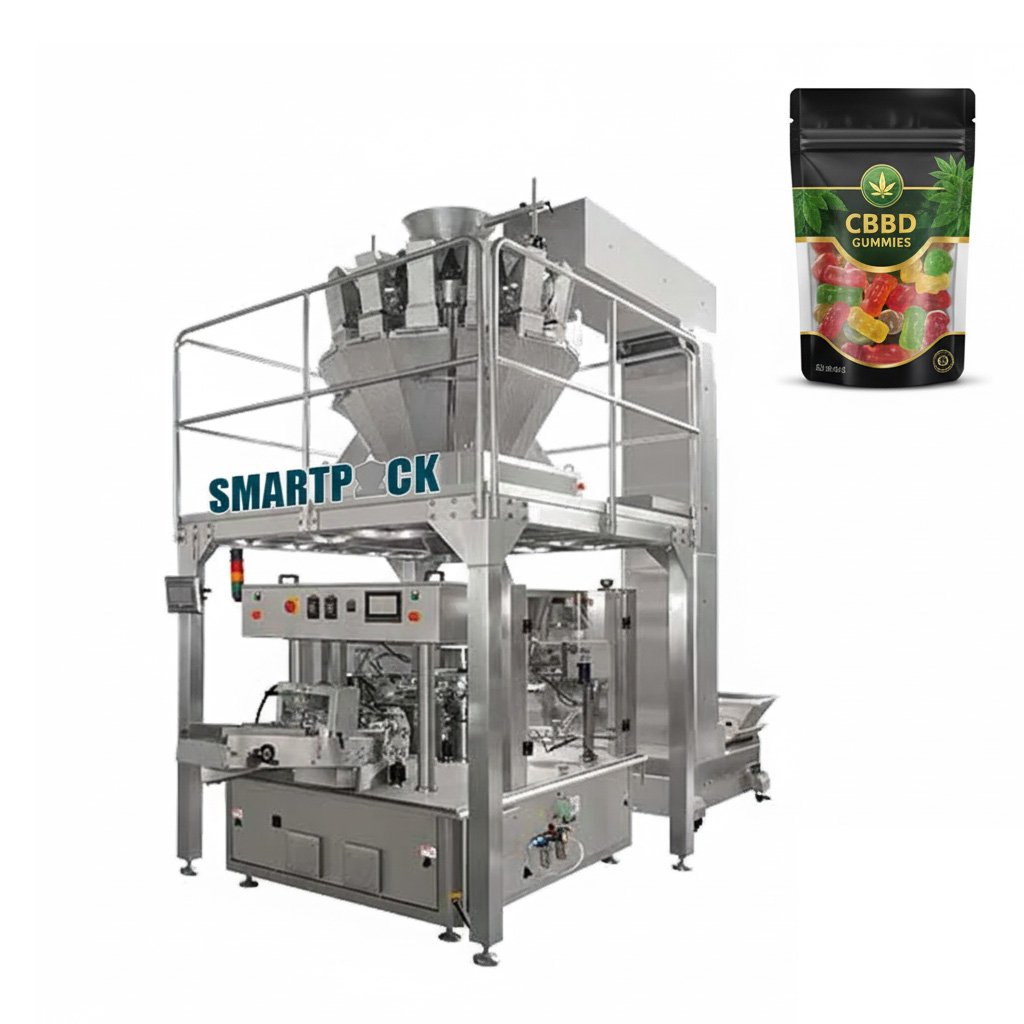Q1: How are labeling and variable data automated on each pouch?
A1: Automation is achieved by integrating a Thermal Transfer Overprinter (TTO) directly into the pouch packing machine. Before the pouch is filled, it stops at a printing station. The machine’s main controller (PLC) sends specific information—like the correct batch number, expiry date, and cannabinoid content for that run—to the printer. The TTO then prints this unique data onto the pouch. This process is fully automated and happens at high speed. It eliminates the need for pre-printed labels or manual application, which reduces labor costs and prevents human error.
Q2: How does the machine handle batch traceability and data storage for audits?
A2: The machine’s software is designed for end-to-end traceability. When you start a production run, you enter a unique batch or lot number. As the machine operates, it creates a digital log file. For every single pouch produced, it records key data points: the final weight from the checkweigher, a timestamp, and the batch number it belongs to. This data is saved on the machine’s industrial computer or can be sent to a central factory network. If you ever face an audit, you can simply export this data as a report to prove when each pouch was made and that its weight was correct.
Q3: How do you control the consistency of the “number of pieces per bag” or the final gram weight? A3: We use a multihead weigher, which is extremely precise. Instead of just dropping product into a bag, the weigher uses multiple small buckets (e.g., 14 or 20) to find the perfect combination of pieces to match the target weight. For example, to hit a 50g target, the weigher’s computer might combine product from buckets 3, 7, 10, and 14. This method is far more accurate than simple volume fillers. To double-check, an in-line checkweigher after the pouch sealer verifies the final weight of every sealed pouch and rejects any that are outside the allowed tolerance (e.g., ±1g).

